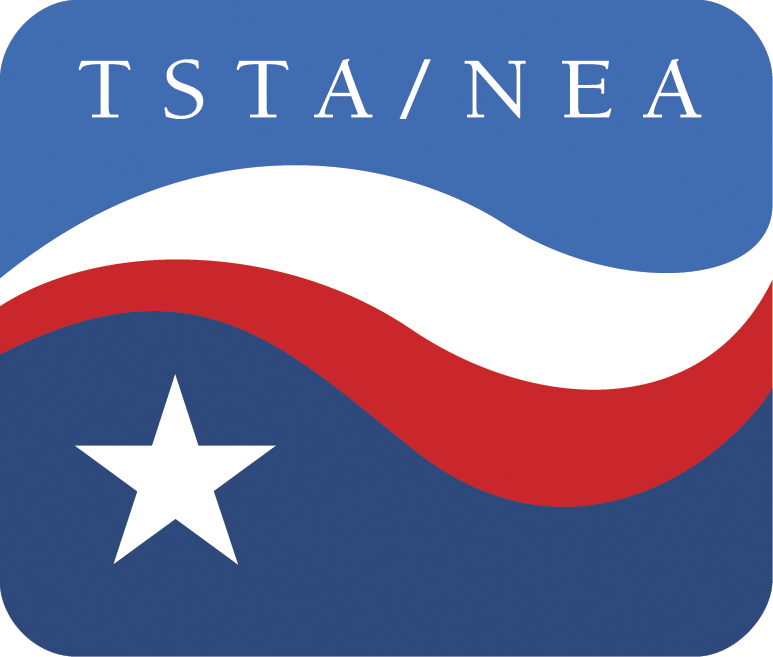Controversial charter operator knocking on Texas’ door (Corrected)
(Corrected: The hearing this week is on Great Hearts’ application to add campuses in Dallas, not San Antonio, as previously posted.)
The new state law that will expand the number of charter schools in Texas over the next several years also includes provisions supposedly designed to make it easier for the state to clamp down on bad charter operators and screen out less-than-desirable applications. One of those provisions is about to be put to its first significant test with an application from a controversial, private Arizona charter operator with a history of serving mainly affluent white students – not the low-income minority children that the self-styled education “reformers” claim to want to help.
One of the “reform” provisions in Texas’ new charter law takes the primary authority for granting charter applications from the elected State Board of Education and gives it to the appointed state education commissioner. Acting under his new authority, state Education Commissioner Michael Williams will hold a meeting in Austin later this week to interview several charter applicants, including the Arizona operator, Great Hearts Academies.
Great Hearts is scheduled to open its first Texas school – in San Antonio – next year under an application approved by the State Board of Education, acting under the previous law. In its latest application, Great Hearts is seeking to add campuses in Dallas.
Last year, the Metro school board in Nashville voted four times in about three months to deny Great Hearts’ applications there, despite pressure from the Tennessee Department of Education to admit the operator (see the story linked below). The Nashville board had reservations about several issues, including Great Hearts’ commitment to assuring diversity in student admissions. Initially, Great Hearts proposed separate schools for students of different economic backgrounds – a decidedly backwards step in equality of educational opportunity and a throwback to the bad old days of separate-but-unequal segregation.
In San Antonio, Great Hearts has been hitting up wealthy donors to help get its first campus up and running and has been promising that private donations – plus its per-pupil charter school allotment of state tax dollars – will make it unnecessary to charge tuition in the Alamo City. But it has been a different story in Arizona, where Great Hearts operates several charters.
At least one Great Hearts school in Phoenix is seeking an average $1,500 contribution from each student family during the current school year to meet the gap between public funding and other donations. How many families in San Antonio’s economically disadvantaged community – those whose children supposedly are the primary beneficiaries of charter education – can afford that kind of money?
You know the answer, and so, presumably, does Commissioner Williams.
So, just which students – besides those with deep-pocketed parents — is Great Hearts targeting?
The headmaster of that same Phoenix school, perhaps not so incidentally, sent an email to school parents last year strongly opposing an Arizona ballot initiative that would have raised at least $800 million for education funding, including charter schools. The initiative failed.
